Hatchjaw remarque (ce n’est toutefois pas confirmé par Bassett) que durant les dix années qu’a duré l’écriture de The Country Album, De Selby a développé une obsession croissante pour les miroirs et qu’il y a eu recours si fréquemment qu’il déclarait avoir deux mains gauches, qu’il vivait dans un monde arbitrairement délimité par un cadre en bois. Avec le temps, il refusa même de consentir à une vue directe des choses, et avait un petit miroir suspendu en permanence à un angle précis face à ses yeux, grâce à un mécanisme câblé de son invention. Après avoir eu recours à cet ingénieux stratagème, il interrogeait les visiteurs en leur tournant le dos, la tête inclinée vers le plafond; on disait même l’avoir vu faire de longues promenades à reculons dans des artères très fréquentées. Hatchjaw déclare que son témoignage est corroboré par le manuscrit d’environ trois cent pages de l’Album, écrit à l’envers, ‘une circonstance ayant nécessité l’extension du principe du miroir au banc du malheureux imprimeur.’ (De Selby’s Life and Times, p. 221.) Ce manuscrit n’a jamais été trouvé.
Flann O’Brien, Le troisième policier, 1967
On dit toujours d’un auteur qu’il donne vie à des personnages, et à première vue, le travail graphique et sculptural de Mick Peter, dont le point de départ des recherches se situe toujours du côté de la littérature, semble prendre à la lettre cette formule.
«Porcine Lout», «gros malotru», c’est par ces mots que B.S. Johnson, romancier anglais mort en 1973, fut un jour hélé par le spectateur d’une de ses conférences, manifestement heurté par son attitude générale peu conventionnelle. «Porcine Lout», c’est aussi le titre d’une des trois sculptures de l’exposition qui figure, au cœur d’un décor en ciment envahissant les murs de la première salle de le galerie, avec «The Reader», jeune femme allongée par terre, nonchalamment plongée dans sa lecture, et «Measure and Measure Again», personnage évoquant Peter Smithson, architecte du mouvement brutaliste, dont le bas-relief mural évoque les fondements : usage du béton brut et de dessins géométriques élémentaires. Ce décor est aussi, d’après le titre de l’exposition, un «Mirror Lounge», une galerie des glaces dysfonctionnelle, dans laquelle la question du reflet se pose dans d’autres termes, faite «d’après» Joost Swarte, dessinateur de bande-dessinée néerlandais né en 1947, représentant actuel du style «ligne claire».
Mais la particularité du travail de Mick Peter, c’est de ne pas s’arrêter à cette adaptation narrative : donner vie à des personnages, ce serait peut-être réduire ses propres sculptures à des accessoires, ou des décors. Il s’agit plutôt d’emprunter les outils de la littérature pour explorer les limites du caractère construit des choses. Avec le médium comme langage, tout est possible dans le cadre d’une même page : les changements de temps, de registre, de situation, de narrateur etc. C’est cette multiplicité de perspectives que Mick Peter tente de retrouver dans son travail graphique et sculptural. A la manière du personnage de Selby, cité dans le roman de Flann O’Brien, les sculptures récentes de Mick Peter sont pétries d’incertitudes. Figurines de dessin semblant être découpées dans la surface plane du papier puis hissées dans le champ tri-dimensionnel de la sculpture, elles peuvent être vues comme des gestes rhétoriques.
La série de huit dessins présentée dans la deuxième salle poursuit cette réflexion sur la confrontation entre planéité et tri-dimensionnalité, en se dotant de questions propres au travail graphique. Des personnages dessinés rapidement, à la manière d’illustrations de presse, sont découpés puis placés dans un autre environnement de dessin avant d’être minutieusement redessinés. Ils se situent alors à nouveau dans la planéité du papier. C’est dans cet aller-retour entre différents registres, dimensions, perspectives, temporalités et voix que s’inscrit Porcine Lout in the Mirror Lounge, la troisième exposition personnelle de Mick Peter à la galerie.
 Loading
Loading  Loading
Loading Porcine Lout in the Mirror Lounge, 2014, exhibition view, Crèvecœur, Paris. © Aurélien Mole
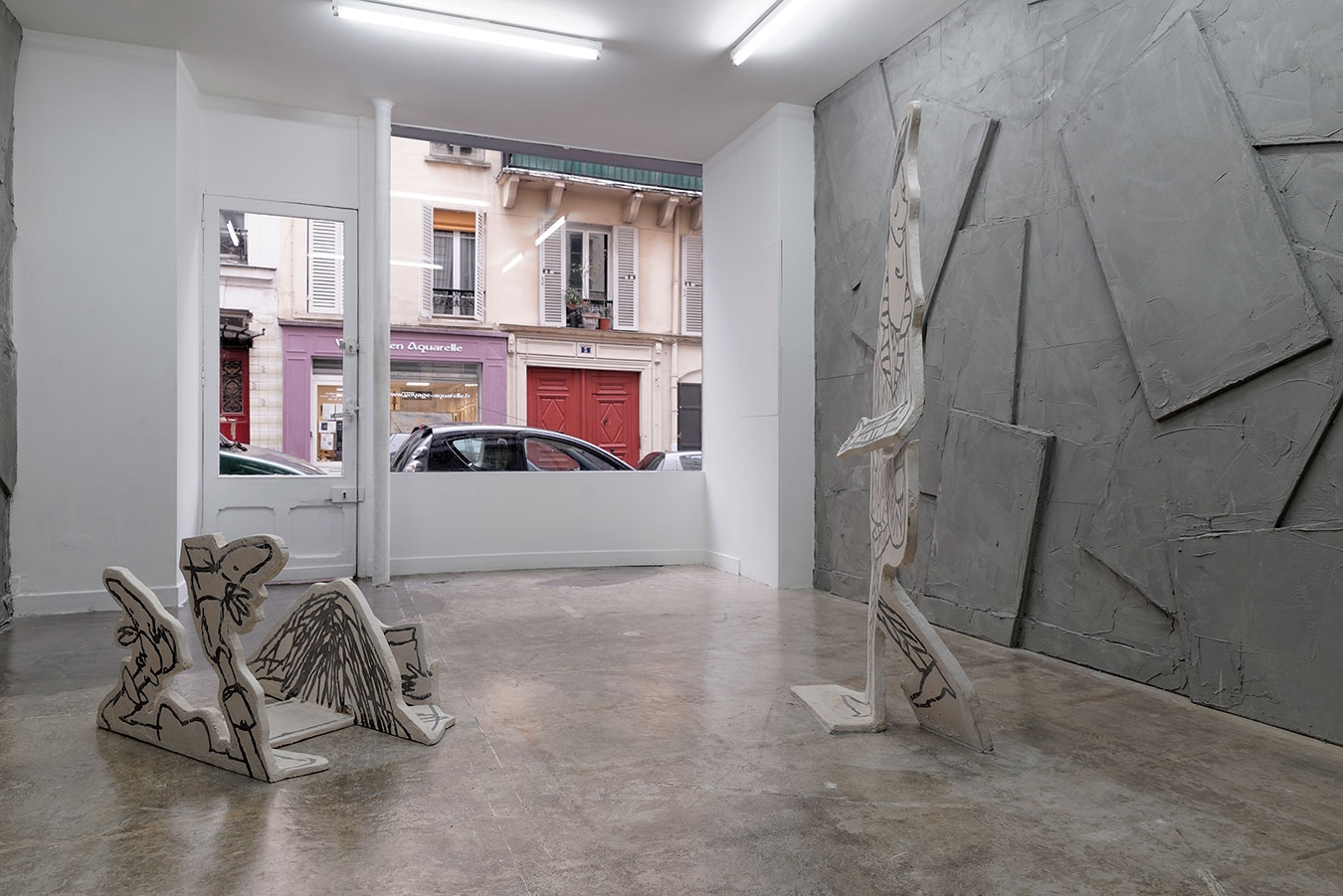 Loading
Loading Porcine Lout in the Mirror Lounge, 2014, exhibition view, Crèvecœur, Paris. © Aurélien Mole
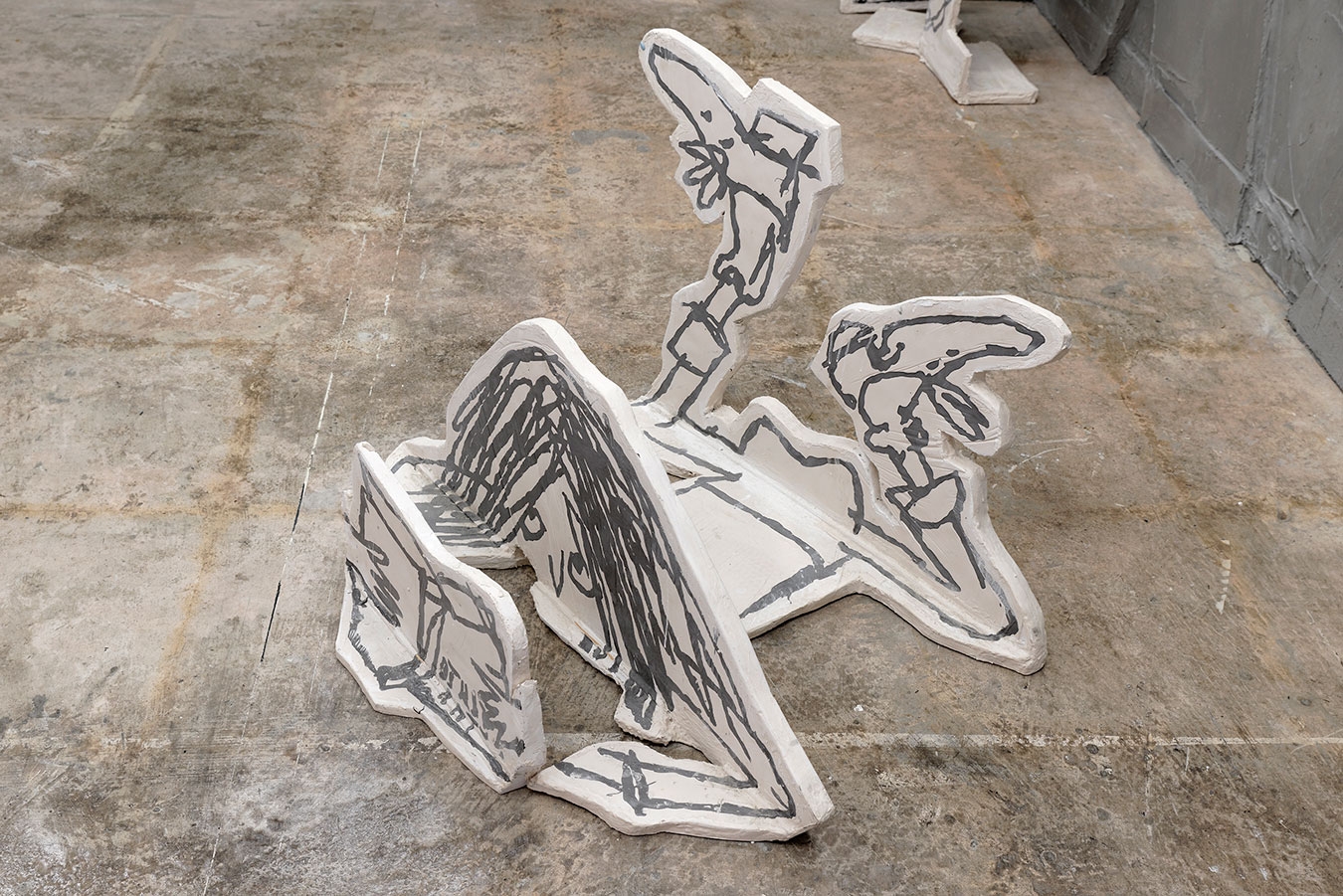 Loading
Loading Reading, 2012, acrylic resin with metal armature, 63 × 105 × 83 cm. © Aurélien Mole
 Loading
Loading Porcine Lout in the Mirror Lounge, 2014, exhibition view, Crèvecœur, Paris. © Aurélien Mole
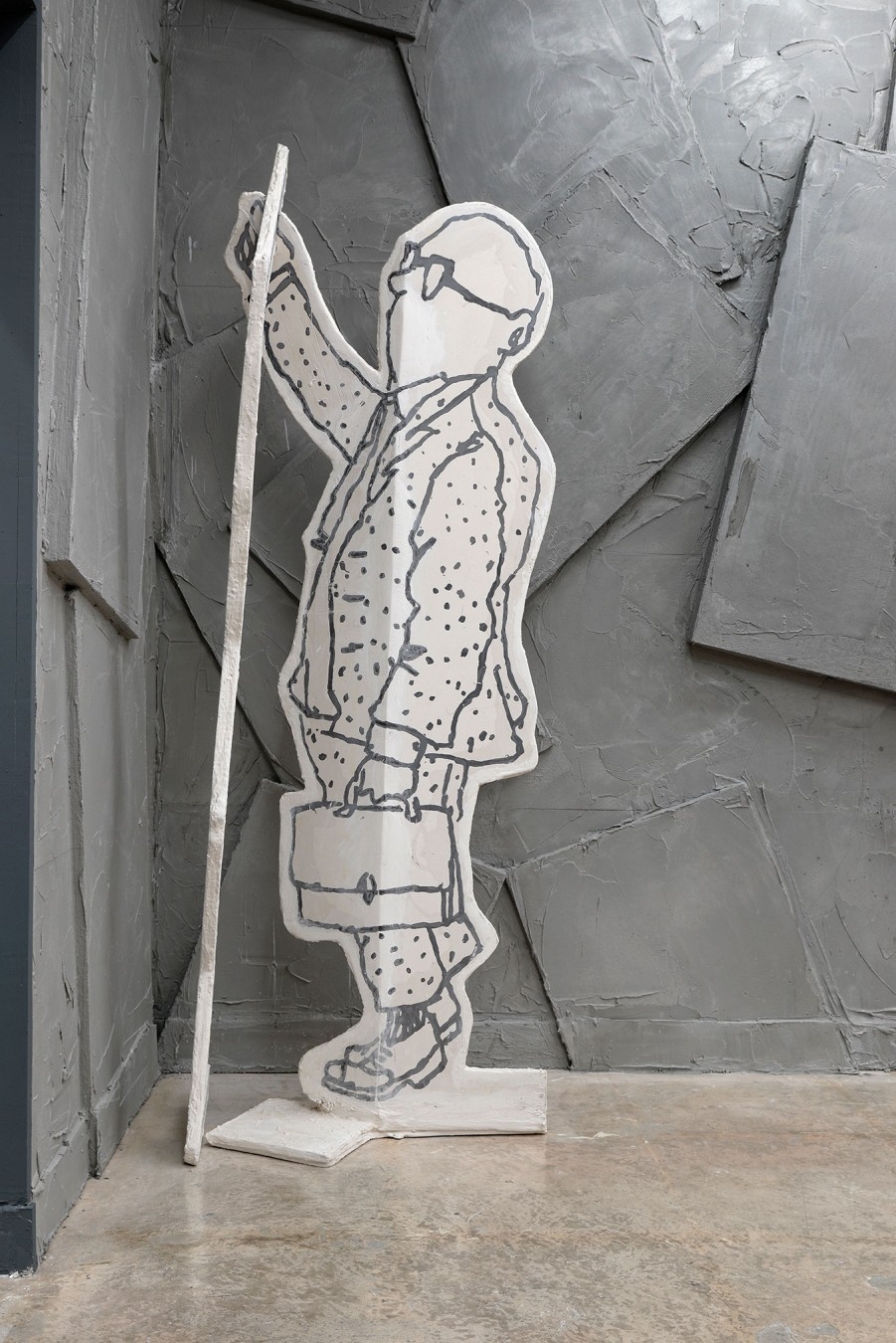 Loading
Loading Untitled, Lying and Liars, 2012, acrylic resin. © Aurélien Mole
 Loading
Loading Porcine Lout in the Mirror Lounge, 2014, metal, paint, magnets, inkjet prints, 240 × 300 × 187 cm. © Aurélien Mole
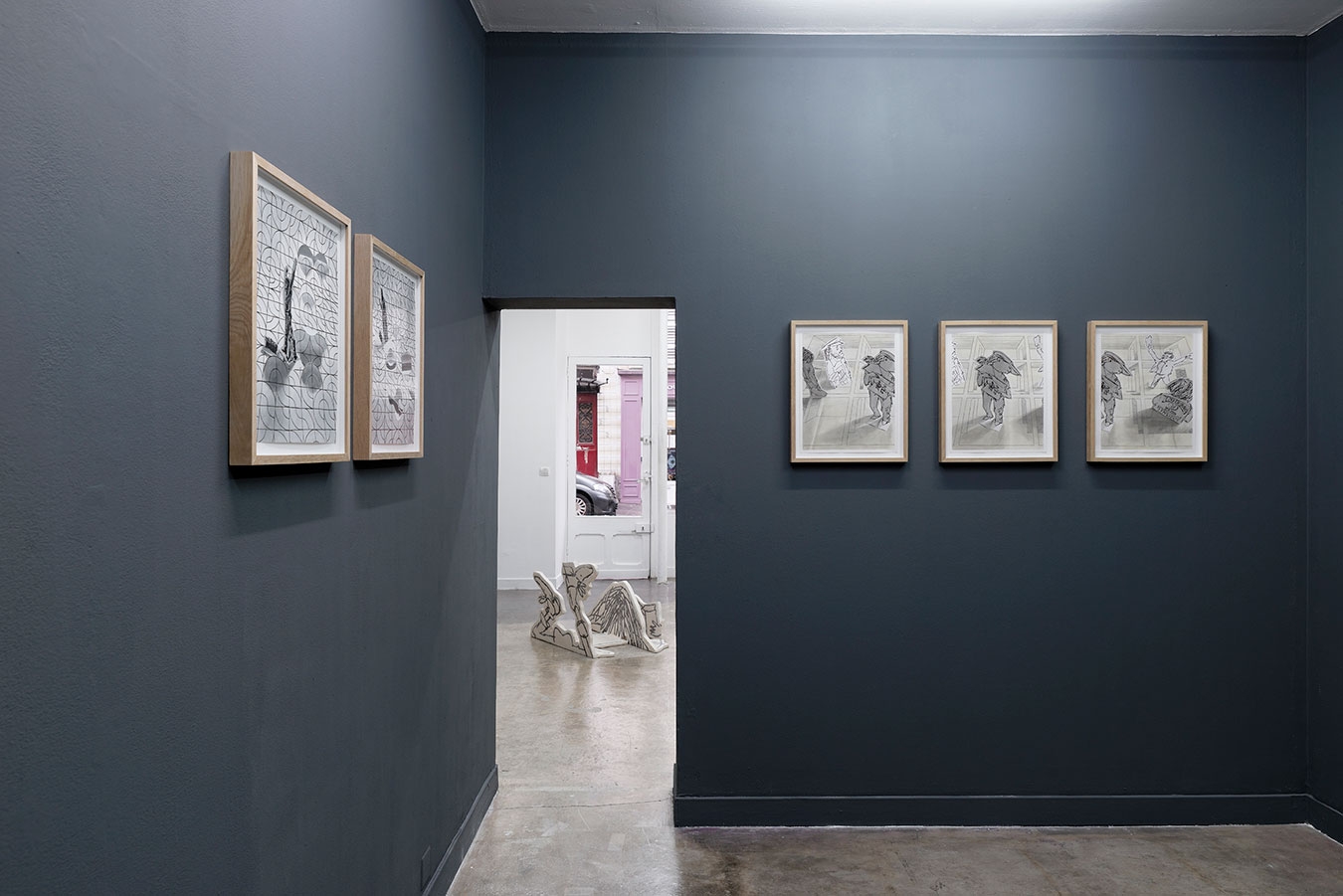 Loading
Loading Porcine Lout in the Mirror Lounge, 2014, exhibition view, Crèvecœur, Paris. © Aurélien Mole
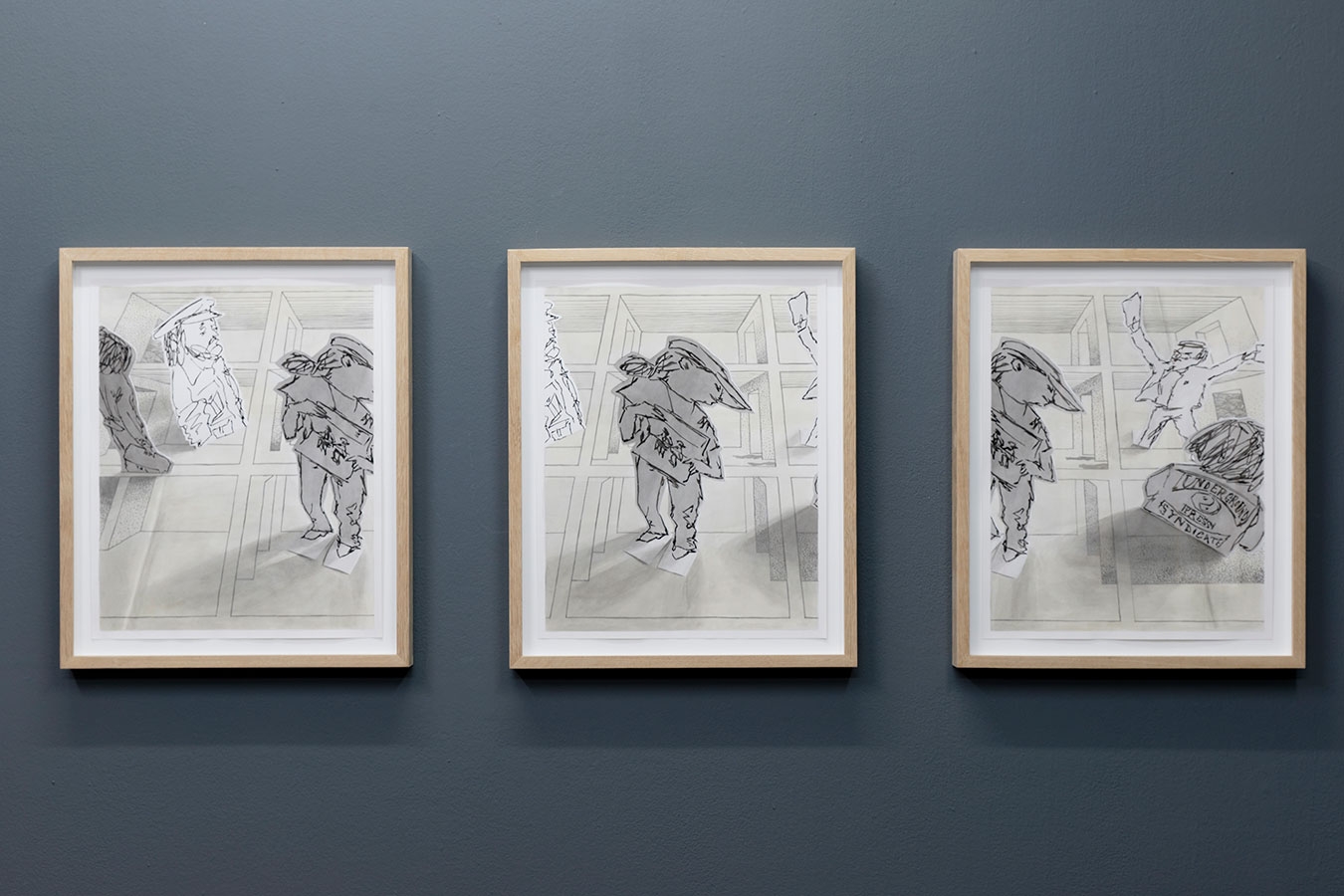 Loading
Loading Porcine Lout in the Mirror Lounge, 2014, exhibition view, Crèvecœur, Paris. © Aurélien Mole
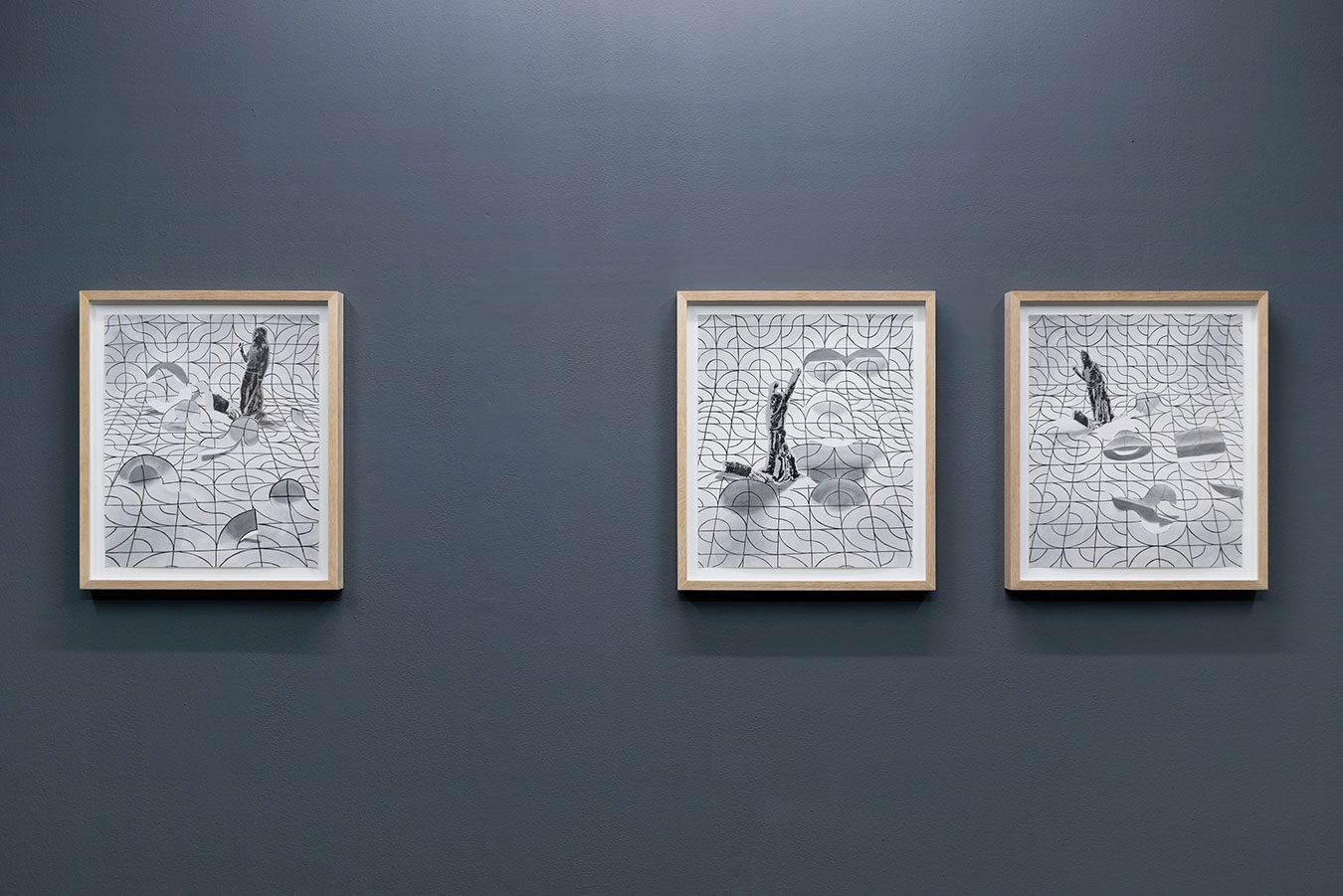 Loading
Loading Porcine Lout in the Mirror Lounge, 2014, exhibition view, Crèvecœur, Paris. © Aurélien Mole
 Loading
Loading An Interior Spaces (3), 2012, ink and pencil on paper, 43,5 × 35 cm (framed). © Aurélien Mole
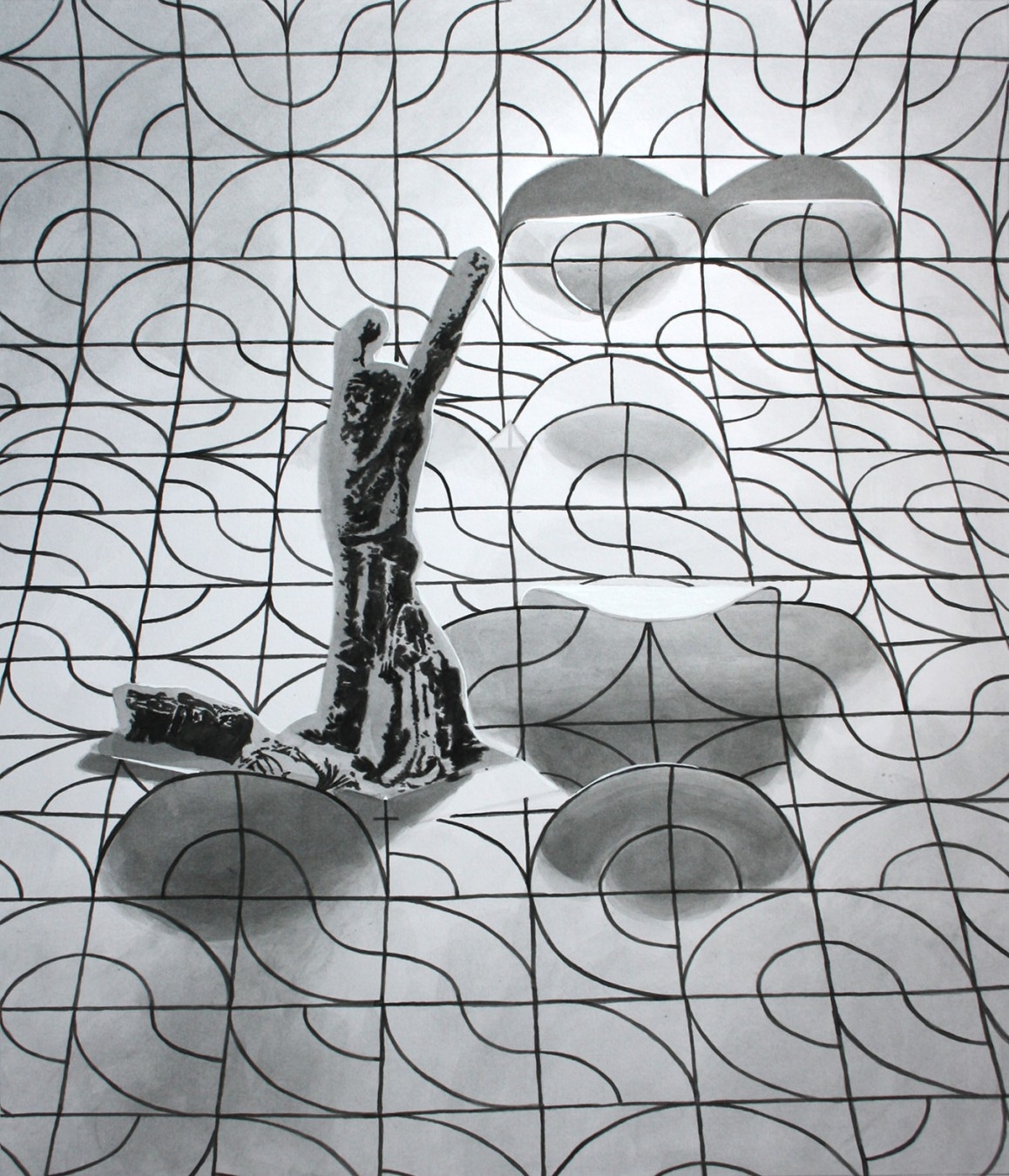 Loading
Loading Hippy Plaza drawings (1), 2014, ink and pencil on paper, 41,2 × 35 cm (framed). © Aurélien Mole
 Loading
Loading Ruthless Rake, 2011, acrylic ink and pencil on paper, 43,5 × 35 cm (framed). © Aurélien Mole